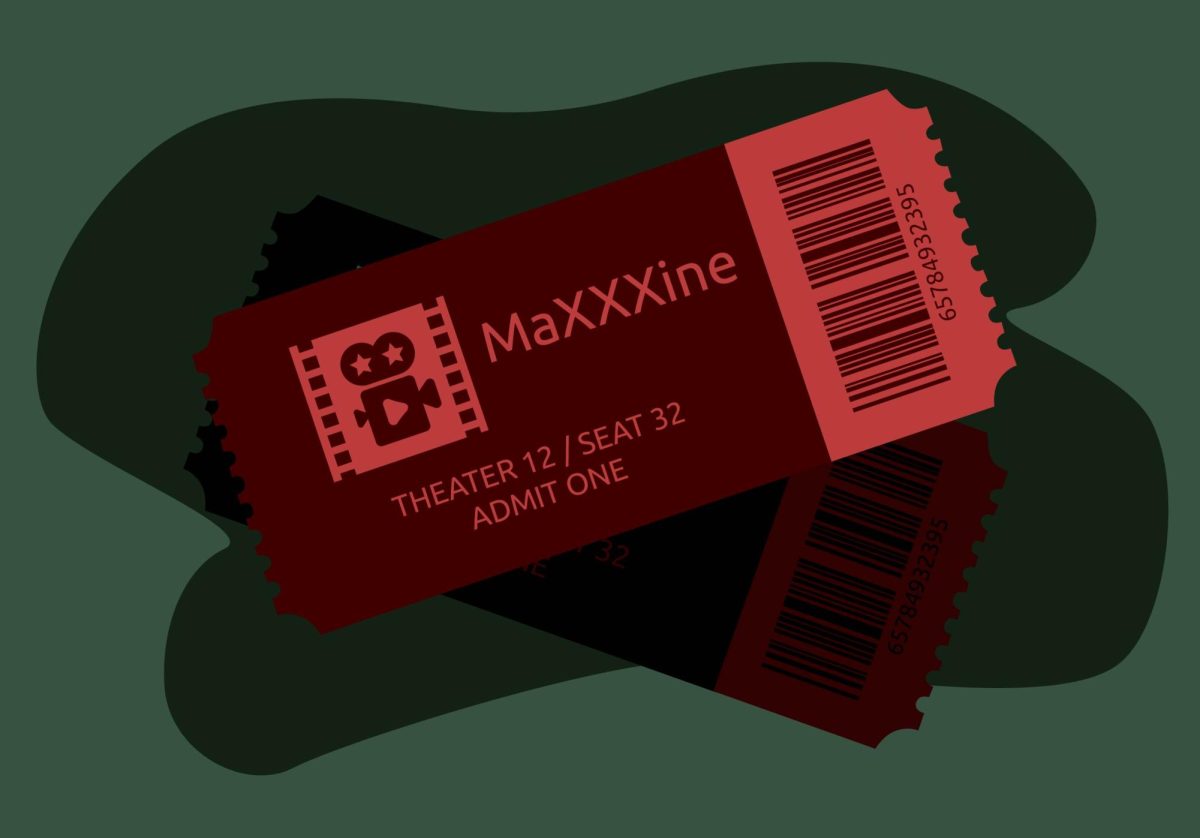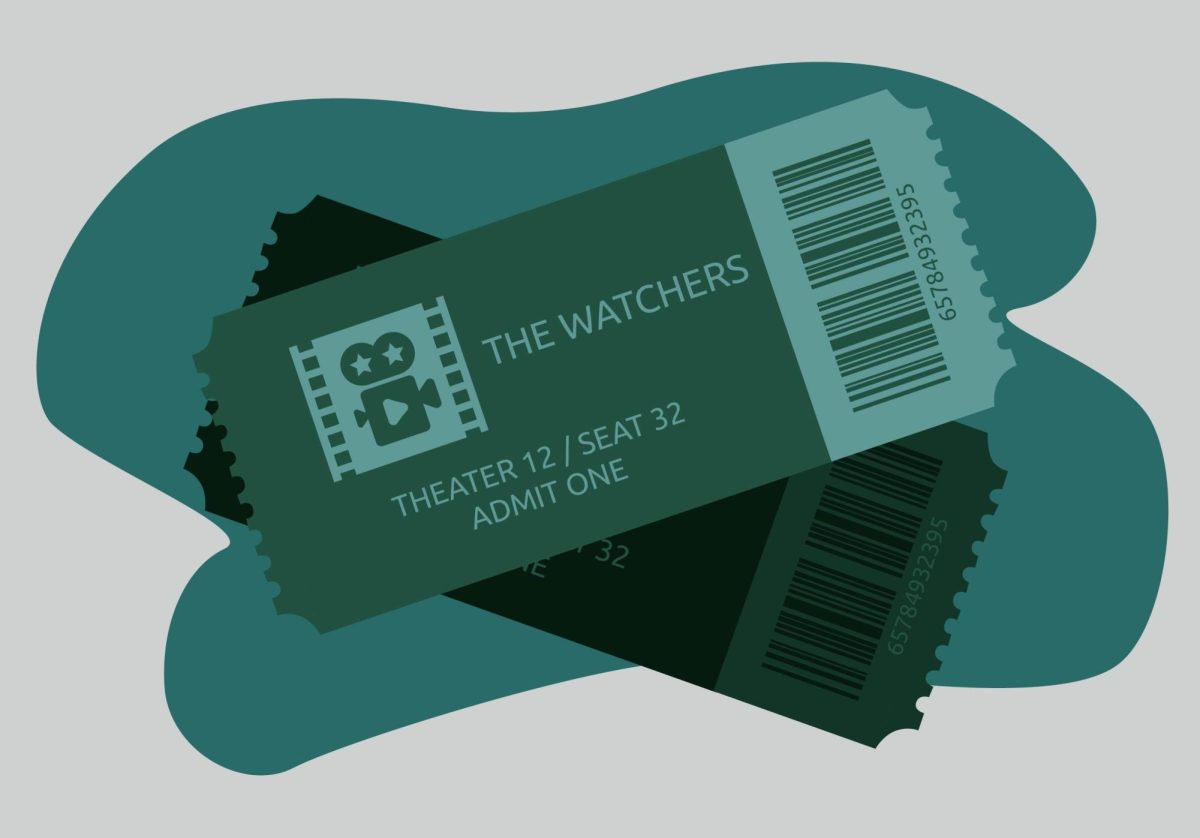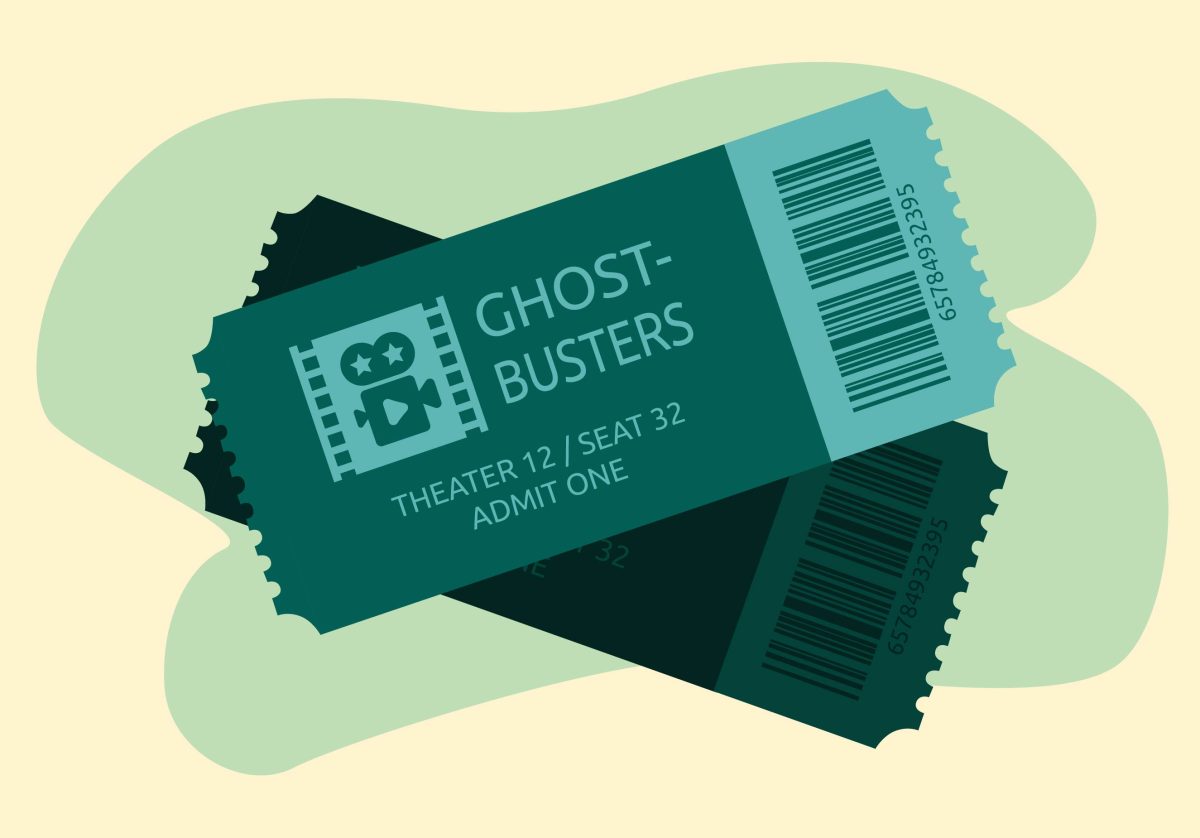âÄúJane EyreâÄù
Directed by: Cary Fukunaga
Starring: Mia Wasikowska, Michael Fassbender, Jamie Bell
Rated: PG-13
Showing at: Area theaters
With a second title role under her corset in two years, itâÄôs clear that Mia Wasikowska has dethroned Keira Knightley as HollywoodâÄôs resident period-piece princess. Rightly so, because WasikowskaâÄôs Jane Eyre is as dynamic and earnest as would befit a modern screen.
âÄúJane EyreâÄù is the second feature film from Cary Fukunaga, a rising star who made his directorial debut in 2009 with âÄúSin Nombre,âÄù a critically acclaimed drama about gang life among Mexican youth. What displays itself as rivalry-bound violence in âÄúSin Nombre,âÄù Fukunaga diffuses to the overwhelming tension of conflict and restraint in âÄúJane Eyre.âÄù
ItâÄôs unlikely that the world needs another screen adaptation of âÄúJane Eyre,âÄù since there have been more than a bakerâÄôs dozen since the birth of the silver screen. Nineteenth century romance movies are the cinematic jazz standard, and âÄúJane EyreâÄù is no stranger to small indulgences in convention as Fukunaga makes some calls to the classics. There is of course a color palette that is replete with the requisite blues and grays, perpetually overcast skies and sweeping interior shots which only serve to showcase the prowess of the set designer.
But from behind the muted and pale tones, there exudes an undeniable emotional vibrancy between tragic heroes Jane and Rochester (Michael Fassbender), making for the most romantic movie whose first kiss only shows up 80 minutes in.
Preceding this cathartic union, however, is a procession of conflict-based tensions rooted in both the content and form of the film. The disjointed narrative structure, in all of its flashback-ridden glory, is reflected in the mysterious happenings in Thornfield manor; their true nature only pieced together in dimly lit speculation.
Jane and RochesterâÄôs emphasis on the spiritual character of their romance gives a mystical air to the story. The frequent allusions to phantoms and JaneâÄôs tendency to daydream push elements of an otherwise confined tale towards the fantastic. In addition to the appearance of erratic weather, there are extended handheld sequences that shake up composure within the otherwise stodgy atmosphere of the austere Thornfield manor.
In defiance of Victorian pretenses, the camera forges a probing intimacy with the characters, a technique that results in the more poetic images of the film. The motif of hands âÄî which are, along with faces, the only uncovered body parts in the movie âÄî serves as the place from which naked emotions are made manifest.
The camera, too, echoes the restraint ofthe lovers. During a scene where Jane and Rochester stare all-too-deep into each otherâÄôs eyes while standing inches apart, the frame seems set just a bit too wide. Both the bodies and the camera want closeness, but Fukunaga is not quick to indulge either.
This isnâÄôt to say there arenâÄôt moments of levity in âÄúJane Eyre.âÄù The dialogue is punctuated by a wry wit, which manages to be genuinely funny without being cloying. Judi DenchâÄòs chatty Mrs. Fairfax is the comic relief, which also hints at the type of audience that will laugh at the film, and Billy Elliot fans will rejoice at seeing their Jamie Bell âÄî all grown up âÄî as the sternly religious St. John Rivers.
âÄúJane EyreâÄù is a classic tale, and Fukunaga has added his modern flair. However, like any cinematic vision of a time that was or will be, it is highly prone to becoming dated. The film could do with one less contemplative walk through the garden, and the brief sunlit-lovers montage makes for a dangerous foray into music video territory.
But like the misty eyes that never break into tears, a candlelit hallway that never completely darkens or the sexual tension that never turns into sex, there is a restraint in the visual presentation of the film. This is best exemplified by a close-up of the fresh-faced Wasikowska against a black background, which, when couched in the severe ornamentation of a Victorian landscape, is refreshing and strikingly minimalistic.
Like any good film, âÄúJane EyreâÄù needs to be seen on the big screen to be fully appreciated. This imaginative rendition of the grand love story of literary fame deserves a larger-than-life presentation to faithfully deliver the 115-minute tension that longs for resolution âÄî or release âÄî as it were.
3 out of 4 stars
















